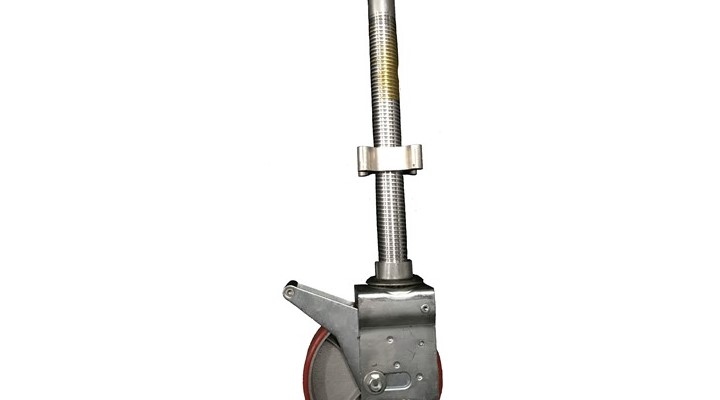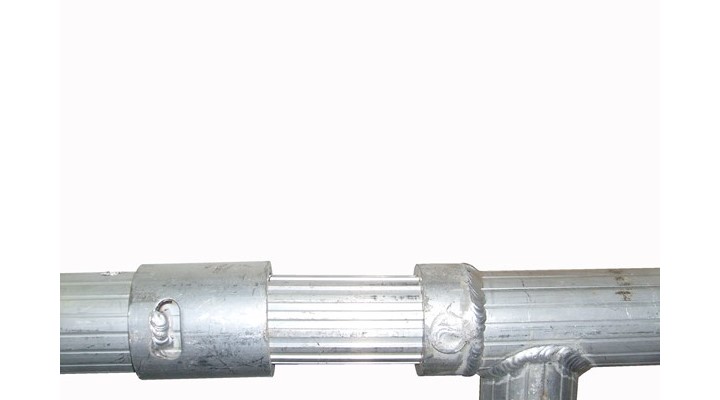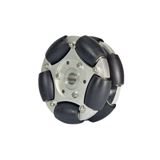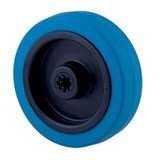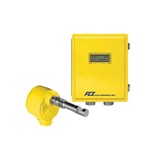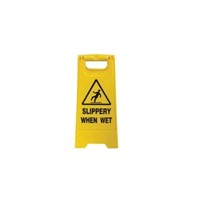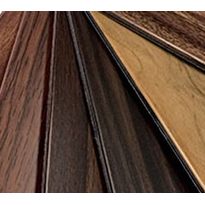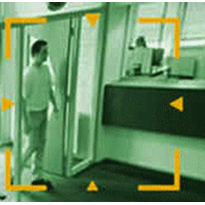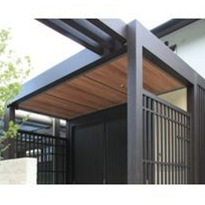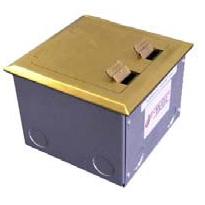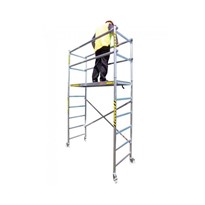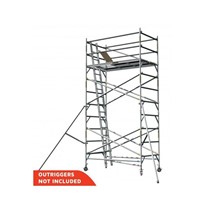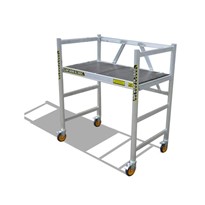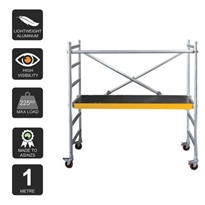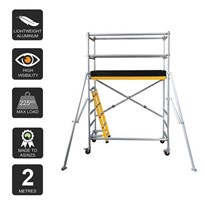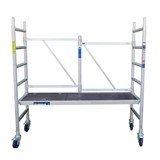What to look for when buying a scaffold – Wheels – Mr Scaffold
Wheels
Although often overlooked as a critical part of any mobile scaffold, Wheels are an integral part of the structure, and need to be looked after in the same way. There are quite a variety of scaffold wheels available on the Australian market, which is right for your scaffold?
Wheel or Caster (Castor)
Caster is a description of the device structure used to hold the wheel, and is not an important delineation in the selection process for a mobile scaffold. The information below applies equally to wheels and Casters, to keep things simple we will use the term wheel for all devices.
Wheel Diameter
130mm (5 inch) wheels are generally for the smaller end of the light duty range of scaffolds, they invariably have no adjustment, and will include a locking pin to secure them to the scaffold frame. All Scaffolding wheels should have a brake mechanism that is robust and able to be operated using your boot. The smaller diameter wheels are not favoured for heavier and taller mobile scaffolds due to the reduced ability to deal with debris and variations in surface conditions. This could cause the wheel to catch and may in some circumstances produce instability or cause the scaffold to tip.
200mm (8 inch) wheels are well suited to larger and taller mobile scaffolds, due to the ability of the wheel circumference to ride more readily over rough surfaces and possible debris. The arrangement of the wheel in relation to the load, placing it more directly under the tube fitting, transmits the weight in a straighter line to the supporting surface. All Scaffold wheels should have a robust and easily operated brake mechanism.
Safe Working Load (SWL)
Mobile Scaffold wheels must be tested for SWL, and most will have that information marked in some way on the body of the wheel. Five inch wheels are generally for use with Light Duty Scaffolds(225kg SWL) and eight inch wheels are generally for use with Medium Duty Scaffolding (450kg SWL). Load capacities on wheels vary greatly across manufacturers, check this before purchase.
Tube Compatibility
Each Mobile Scaffold wheel is designed to match up with a specific tube diameter where it marries with the mobile scaffold frame. This is a critical part of the wheel selection, as choosing a wheel that does not meet correctly with your scaffold frame may cause wear, cracking or in severe cases instability. Check the recommended tube diameter for the wheel you are considering before purchase. Tube sizes may be described as ID (Inside Diameter) or OD (Outside Diameter) depending on the tube.
Adjustment Shaft
Where a scaffold wheel includes a thread and nut to provide vertical adjustment, it is important to understand the limits of that adjustment, and the shaft length. Some wheels come with a shaft that is threaded for its’ entire length, and others are limited to two thirds of the shaft length. Regardless of the physical arrangement, it is not safe to operate a scaffold with the more than two thirds of the shaft length outside the frame of the mobile scaffold, and it is not recommended to use more than half of the shaft length. If your chosen mobile scaffold wheel has a 600mm shaft, we recommend that you do not adjust the nut any further than 300mm from the top of the wheel housing.
Wheel Covering
Rubber and Polyurethane are the popular choices for wheel coverings amongst most manufacturers. Rubber is often preferred for the 5 inch wheels, whereas Polyurethane is common for the larger sizes. Polyurethane is generally harder wearing, and with thinner application it tends to deform less under heavier loads. Both are perfectly acceptable up to the SWL of the wheel.
Questions
If you have questions about wheels, or any other scaffolding components, please don’t hesitate to call the Mr Scaffold team on 1300 677 223.
Joins
What to look for when buying a scaffold – Joins – Mr Scaffold
Rivets v Welds
I plan to run a couple of posts to give everyone some ideas on how to choose a scaffold for their own use, and some of the differences that you may see when looking at buying a scaffold.
This week, we will concentrate on the joins between the fittings (or claws) and the tube that makes up the length of the scaffold component. The fitting is usually manufactured by casting, where extrusion is primarily used for the tube.
These joins are crucial to the strength and stability of your scaffold, and therefore should be inspected regularly. If possible, you should look for a system that provides a manufacturers warranty or guarantee on the components and the welds. You will not get a guarantee on rivetted joins.
There are two main systems used to complete these joins, Rivets and Welds.
Rivets
Rivets are cheaper than welds. They are inserted into holes drilled into the fitting and tube sleeve, then using a rivet gun, the end of the rivet is pulled back into itself, causing an expansion of the internal portion, securing the rivet in place.
Welds
Welding is a process where additional material is introduced to an area of the join that is superheated causing a fusion of the parts, this process is run along the entire circumference of the join between the two parts, creating a structural connection that is usually stronger than the surrounding material.
The specific points to check on rivets are:
Any sign of wear or corrosion on or around the rivet. Rivets can be different material to the scaffold tube and fitting, and this may in the right circumstances produce the environment for corrosion.
Any sign of movement, or loss of the rivet head. A loose rivet significantly reduces the strength of the component, and would immediately make it unsafe to use.
Any sign of corrosion where the tube meets the fitting. Rivets create an easy point of ingress for moisture and foreign materials to the internal structure of the fitting and the tube. Any corrosive process that is created by this on the inside of the tube or fitting would first display at the open end of the tube where it joins the fitting.
Any sign of movement or play between the fitting and the tube. The rivet head may be securely in place against the tube but any movement at the fitting reduces the strength of the component and immediately makes it unsafe for use.
The specific points to check on Welds are:
- Welds should be slightly raised from the surface of both the tube and the fitting.
- Welds should cover the entire join between the tube and the fitting.
- Any sign of a crack or break in the weld or the adjacent tube or fitting would significantly reduce the strength of the component and would immediately make it unsafe to use.



